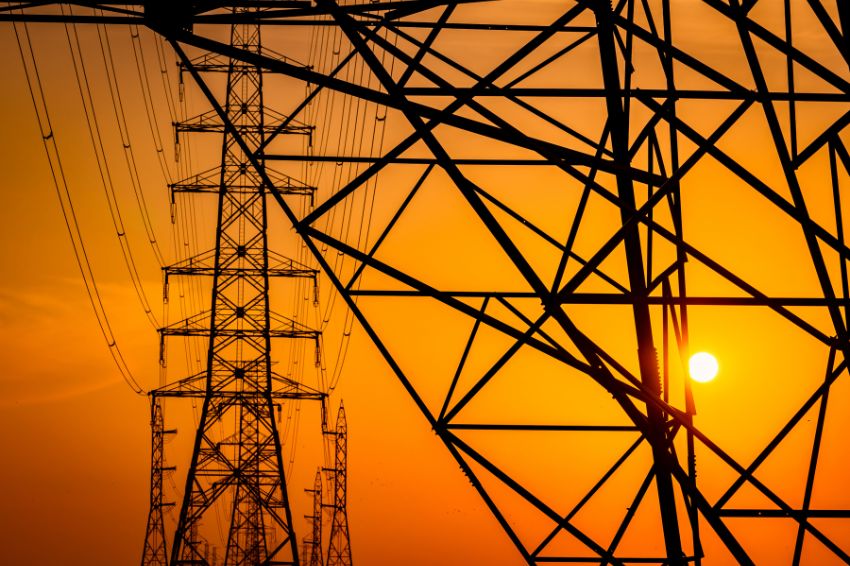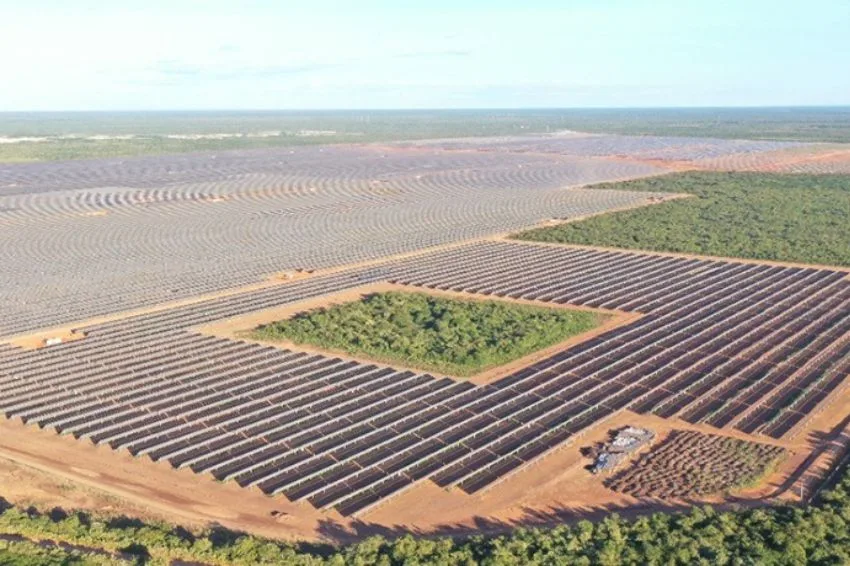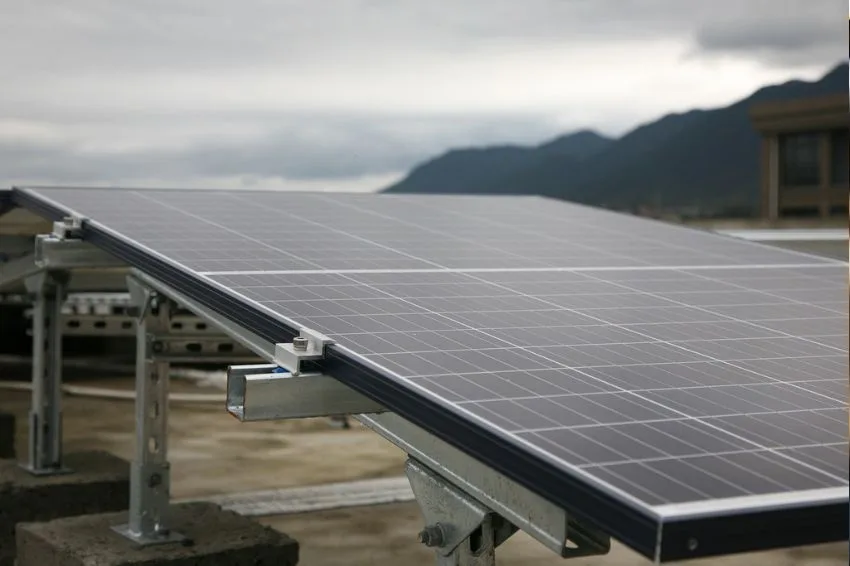One doubt which has been increasingly common within the solar energy market and which has generated questions from integrators is how to do the calculation of the impact of TUSDg on plants in the Group B (low tension).
This is because, with the publication of regulation of Law 14,300/2022, significant changes in relation to charging for network use were defined, such as the obligation for microgenerators have to pay by TUSDg if the energy injection from its plants is greater than consumption demand.
In the approved text, the ANEEL (National Electric Energy Agency) determined that the turnover in Group B with distributed microgeneration would be carried out by the following equation: (Injection – Consumption) × TUSDg.
In this case, the injection is the measured injection demand in kW, the consumption is the required system demand in kW (limited to the injection value), while the TUSDg is the system usage tariff applicable to the low voltage generating plant.
In other words, will be paid at TUSDg only when, within the billing cycle, the injection demand in kW is greater than consumption demand, also in kW.
All these explanations they were presented per Bernardo Marangon, director of Exata Energia, in Canal Solar webinar this Tuesday (05).
During the broadcast, the professional also brought practical examples to illustrate and simplify concepts and answered pertinent questions on the subject.
Some of the questions involved, for example, the need for changing meters to charge the TUSDg and if the fare collection affects also the photovoltaic plants installed before Resolution of Law 14,300.















